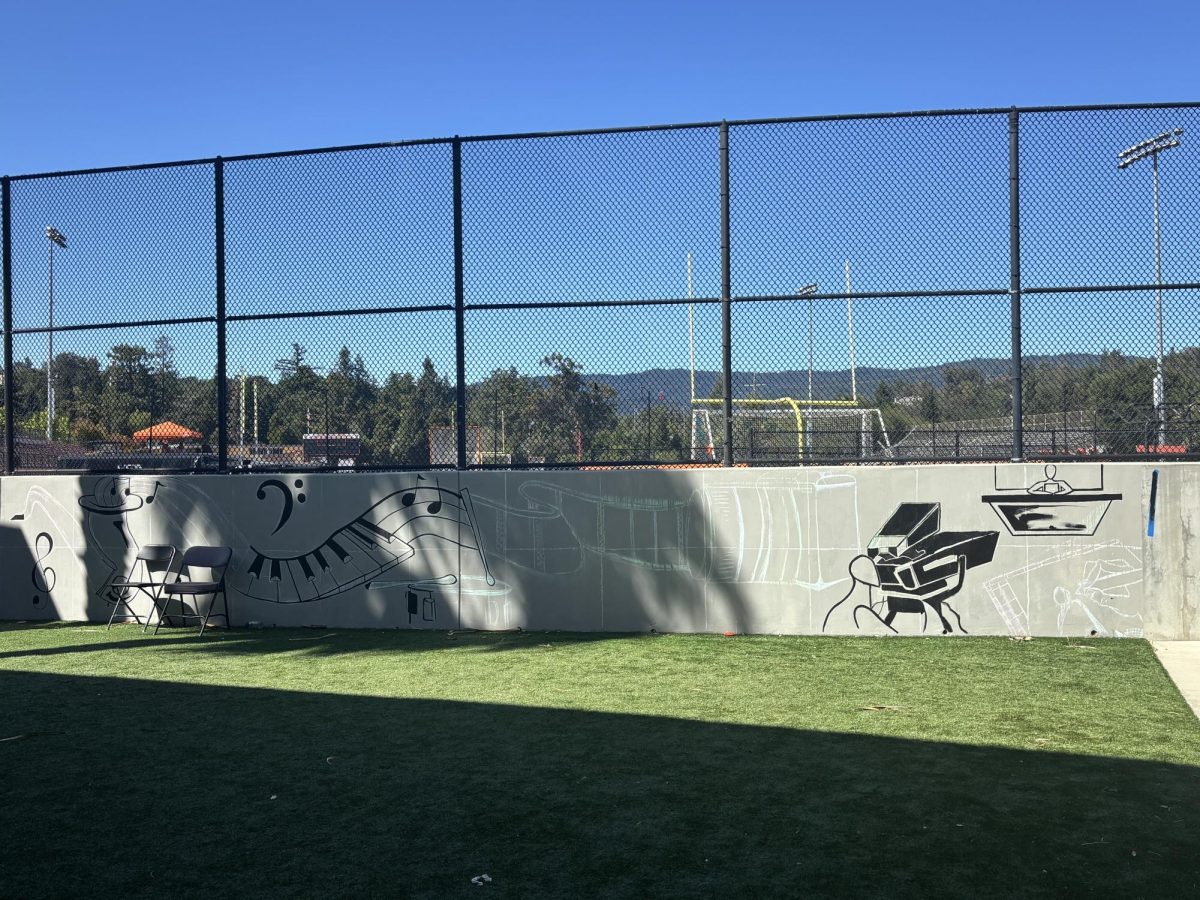Substitute teachers play a vital role in high schools by ensuring that classes continue smoothly when teachers are unavailable. They face unique challenges, such as adapting to a variety of subjects in different classes and managing diverse student dynamics while delivering lesson plans.
According to instructional vice principal Cara Klackle, California issues credentials for the substitute teachers.
“It is really cool how the state allows people from a lot of different backgrounds to become qualified to substitute, and I think students benefit from that because they get different voices in their classrooms,” Klackle said.
This variety of substitutes not only can enhance the learning environment, but can also reflect the diverse experiences they bring to the role. Many substitutes have unique backgrounds, whether from previous teaching positions, coaching roles or other professions. These individuals bring a unique dynamic to classrooms that other teachers might not.
“It is really interesting how people choose to become substitutes,” Klackle said. “There are some substitutes on our campus who used to be teachers, or even coaches.”
When current substitute teacher Randy Smythe retired from Stanford, her friends persuaded her to get a teaching credential. She did, along with a special education credential.
“I love the students, being out and about, not being retired and especially not staying home dusting the furniture,” Smythe said.
Mont-Reynaud said one of the best parts of being a substitute teacher is the interesting variety the job offers.
“The students are my entertainment, and as a guest teacher, I can play the field,” Smythe said. “I can do French, I can do physics, I can do calculus, I can do Woodside.”
Along with entertainment and flexibility, Smythe said that one of the main reasons she enjoys being a substitute teacher is that the job challenges her.
“You sign up for something and [then the] rug gets pulled out from under,” Smythe said. “Suddenly you have to be in E-13 for an hour, but it’s okay, because I love the element of surprise. You get there and they tell you ‘we’re short staffed today. It’s raining, everybody’s sick, and you cover the front desk at noon.’ Of course, we do it all.”
Senior Milo Pitera recently had a substitute in his Advanced Placement (AP) physics class. He said that substitutes are crucial for providing flexibility to teachers and ensuring student safety in case of emergencies.
“Teachers are already under so much stress to prepare lesson plans and take care of the kids, along with making sure everything’s going alright,” Pitera said. “It’s helpful for [teachers] to know that if something goes wrong, they can have a sub there who can make sure that the kids are still getting work done.”
Pitera also said that the role of substitutes varies by class, with more involvement needed in lower-level classes to keep students focused.
“That AP physics class is pretty independent,” Pitera said. “A lot of the students are used to having to do a lot of the work on their own, but I know in some of the lower-level classes that I had, subs have to be a little more involved, just kind of making sure kids were staying on task.”
Mont-Reynaud agreed that when subbing, lower level classes can be trickier. She also believes that the students’ grade level and the period of the class play a role in how much effort she needs to put into subbing.
“Generally, ninth graders can be ‘harder’ unless you go into the classroom with enough conviction,” Mont-Reynaud said. “At the end of the day, sixth or seventh periods can also be more challenging, but again, with a few tricks and strong convictions, it can be manageable–though it may be exhausting!”
Substitute teachers take on a wide range of duties in a teacher’s absence, from teaching lessons to diverse classes of students, to performing administrative tasks such as posting an assignment on Canvas.
“The most important role [for substitute teachers] is to try to support students and make sure that their learning isn’t lost,” Klackle said.






